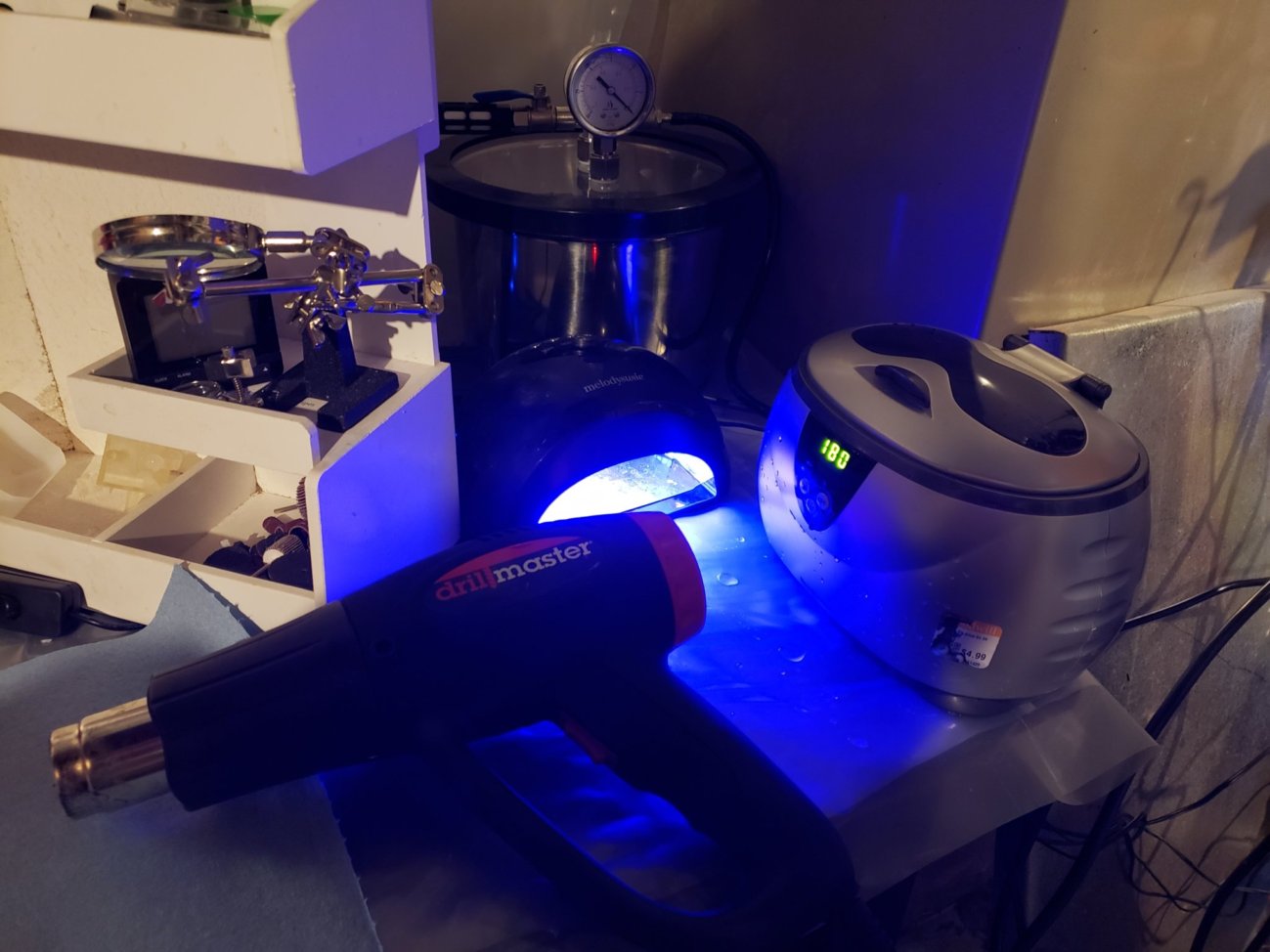Chemical silicon is the manufacturing of silicone and polysilicon for silicon steel. From a worldwide perspective, the consumption of metallurgical silicon virtually use in chemical silicon consumption, silicone mold however with the continuous development of science and expertise, the chemistry of silicon utilized in the sphere of natural silicon and semiconductor manufacturing is proceed to broaden, and is broadly used in the production of organosilicon monomer and polymer silicone oil, silicone rubber, silicone resin buildings corrosion, waterproofing brokers, they’ve a excessive temperature, electrically greatest edge, resistance to radiation, water and different unique properties. Electrical, aerospace, equipment, chemicals, pharmaceuticals, protection, development section. More than 95% of the built-in circuit core is product of semiconductor silicon, semiconductor is a pillar of the contemporary data business. «Information superhighway» in a lot of purposes within the fiber-optic cable fiber optics, silicon steel for the production of raw materials. Chemistry of silicon widely used as a high-tech fields, and an important primary industries, consumption development is stabilizing.

The metallic powder provider use quartz rock as raw materials, low-ash carbonaceous materials as reductant to supply chemical steel silicon. Electric furnace produce chemical silicon, the uncooked materials primarily silica and carbon materials. Carbon uncooked materials again petroleum coke quality anthracite or charcoal, may also be blended with an element, to increase the cost resistance. Raw supplies require needed purity, good response, in order to achieve the product specs; reducing agent has a different response, with the intention to have an satisfactory response with quartz; furnace burden with totally different elements, and with completely different granularity, in order to through the satisfactory coordination make the electric furnace with good effect.
The strategy of silicon oxide mineral smelting metallic silicon is a no slag process, chemical silicon smelting is thru stringent choice of silica, not only the content of impurities is less, but additionally requires a excessive mechanical energy, and enough thermal stability, an appropriate particle dimension composition. Chemical silicon smelting is healthier to decide on silica. The pure type of silicon oxide or exist in independent quartz minerals, or is nearly wholly into the rock by the silicon oxide product – silica, or silica morphology sandstone. If you cherished this article and you would like to get more info regarding silicone mold – relevant web-site – kindly visit our own web page. Manufacturing of chemical silicon containing impurities within the silicon oxide mineral and adhesive material in the smelting process and a few fully restored, and a few components are restored, some compound type coming into the product silicon or born slag. This is not only increases energy consumption, decrease product quality, cause difficulties to the smelting course of.
Silica into the furnace is required to have a certain particle size. Silica particle measurement is a vital process of smelting. Silica appropriate particle size affected by silica varieties, furnace capacity, maneuvering situations, as nicely as the reducing agent and the particle size and different components, it is determined to the specific circumstances of smelting. Carbonaceous lowering agent, the principle lowering agent of chemical silicon smelting, petroleum coke, bituminous coal, charcoal. So as to increase the burden of the resistivity and enhance the chemical activity, also with fuel coal, silica naphthalene, blue, charcoal, semi-coke, low temperature coke, items of wooden. Within the chemical components of the carbonaceous decreasing agent, mainly ought to be considered fixed carbon, ash, risky matter and moisture. General necessities for silicone products fixed carbon, scale back the reductant whole required, thus less ash into the impurities, a corresponding reduction in the amount of slag, decreased power consumption, lowered chemical silicon impurity content. The resistivity of the carbonaceous lowering agent to be massive, the porosity to be high. The furnace burden resistivity relies upon totally on the carbonaceous reductant. The higher carbonaceous reductant resistivity, the better chemical exercise, and the high recovery price of the silicon energy.
